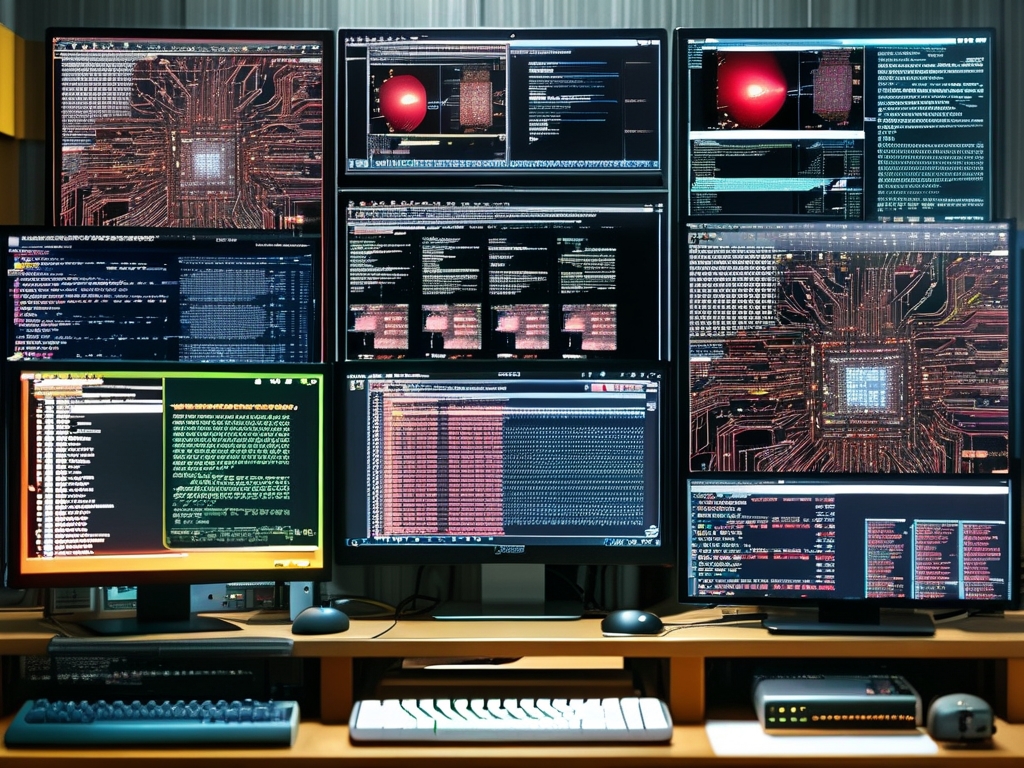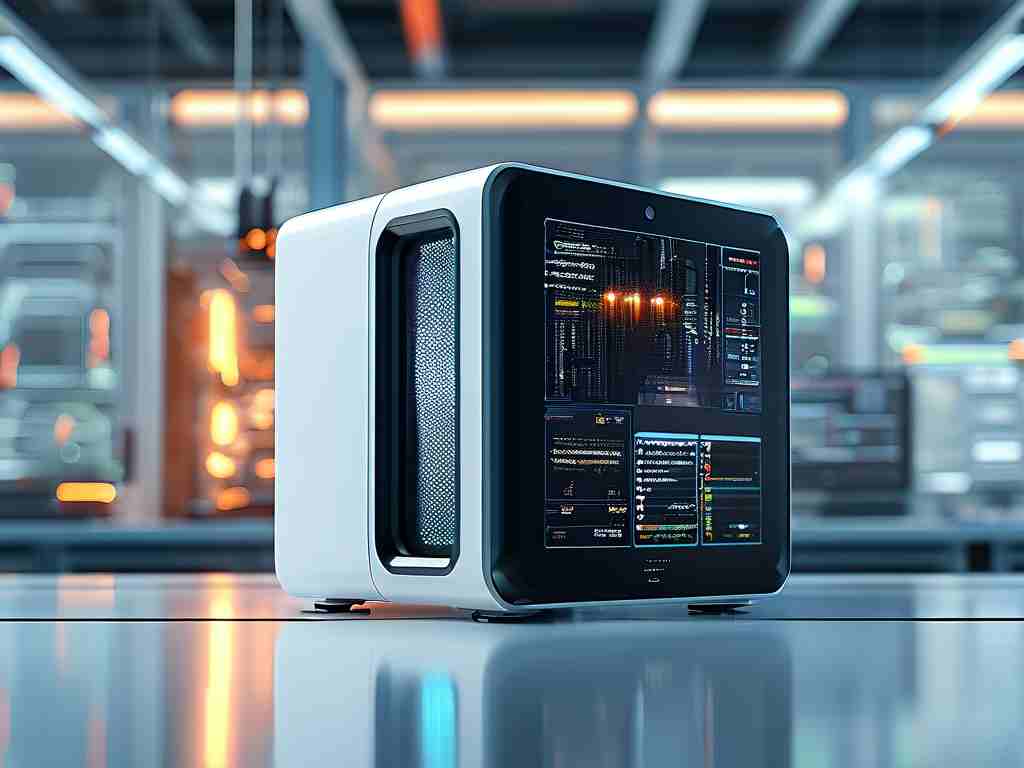Embarking on the journey of embedded systems development requires more than theoretical knowledge – it demands practical expertise. For engineers and hobbyists alike, video tutorials have emerged as a powerful tool to bridge the gap between concept and implementation. This article explores how structured video content accelerates skill acquisition in embedded development while providing actionable insights for effective learning.

The Value of Visual Learning
Unlike static documentation, video demonstrations capture nuanced details of hardware interactions and software debugging processes. A well-produced tutorial might show the exact moment a sensor reading stabilizes on an oscilloscope, or demonstrate how to diagnose a failed GPIO configuration through register-level inspection. These visual cues help learners recognize patterns and troubleshoot issues faster during independent projects.
Consider a common scenario: configuring a real-time operating system (RTOS) on an ARM Cortex-M microcontroller. Text-based guides often struggle to convey the timing relationships between tasks, but a video can visually demonstrate context switching behavior and priority inversion scenarios using debugger watch windows and logic analyzer outputs.
Code Walkthroughs That Stick
Effective embedded development videos combine hardware demonstrations with annotated code explanations. For instance, this snippet from a motor control project shows how to implement pulse-width modulation (PWM):
void configure_pwm(TIM_HandleTypeDef *htim) {
htim->Instance->ARR = 999; // 1kHz frequency @ 100MHz clock
htim->Instance->CCR1 = 250; // 25% duty cycle
HAL_TIM_PWM_Start(htim, TIM_CHANNEL_1);
}
A strong tutorial would visually link this code to oscilloscope measurements, explaining how changing the auto-reload register (ARR) affects frequency while contrasting with capture/compare register (CCR) adjustments. Such multisensory learning helps reinforce memory retention compared to reading datasheets alone.
Hardware-Software Co-Debugging
Quality video content demonstrates the iterative nature of embedded development. A standout tutorial might show:
- Flashing firmware that fails to initialize a wireless module
- Using a logic probe to verify SPI clock signals
- Discovering mismatched GPIO speed settings in the MCU's configuration registers
- Adjusting code and validating functional packet transmission
This "debugging journey" approach helps viewers internalize systematic troubleshooting methodologies rather than just presenting final solutions.
Project-Based Learning Frameworks
Advanced tutorials often structure content around complete applications. A home automation case study might progress through:
- Sensor integration (temperature, motion)
- Low-power design techniques
- Wireless protocol implementation (Bluetooth Low Energy)
- Cloud connectivity endpoints
Each video chapter builds on previous components while introducing new concepts, mimicking real-world development cycles. Viewers learn not just individual techniques, but how to architect complete embedded solutions.
Optimizing the Learning Process
To maximize video tutorial effectiveness:
- Pause frequently to replicate steps on your hardware
- Use video timestamp features to revisit complex sections
- Record your own implementation attempts for comparison
- Join associated developer communities for clarification
Platforms like YouTube and dedicated learning portals now offer features like:
- Interactive code annotations
- Hardware component lists with purchase links
- Community Q&A sections under each video
The Future of Technical Education
As augmented reality (AR) matures, forward-looking educators are experimenting with first-person perspective tutorials using smart glasses. Imagine learning PCB layout techniques through a video that overlays component placement guidelines directly on your workbench. While still emerging, these technologies promise to further close the gap between instructional content and hands-on practice.
For those starting their embedded development journey, curated video series combining clear explanations with practical demonstrations offer the fastest path to competency. By actively engaging with these resources – pausing to experiment, modifying provided examples, and applying concepts to original projects – developers can rapidly transform theoretical knowledge into professional-grade skills.









